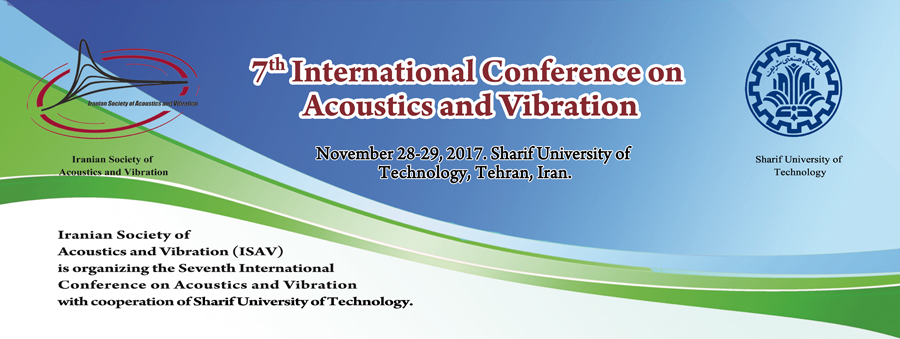|
Haris Trobradovic
Qualification: Level 2 Ultrasound inspector
Level 1 and Lev2 instructor
Ultrasound in condition monitoring implementation trainer
Certified reliability leader
*PRESENT POSITIONS:
· Training Manager SDT, responsible for the development and correct delivery of training material associated with the application of Ultrasound to the field of Asset Condition Management.
*MARKETING EXPERIENCE:
· The development of sales and marketing strategies, developing advertising and exhibition presence, identifying, negotiating with, visiting, training and supporting prospective representatives throughout the European Community, Scandinavia, Switzerland, South Africa, The Middle East, Asia, Canada and The United States.
*TECHNICAL EXPERIENCE:
· Application of vibration, infrared and ultrasound measurement to predictive maintenance in the many industries including: Aviation, Power Generation, Nuclear, Steel, Offshore, Petrochemical, Textiles, Mining, Quarrying, Paper, Marine, Food Production, Automotive and Pharmaceuticals.
This work has involved:
· Development And implementation of predictive maintenance regimes and strategies for clients using multiple technologies;
· Specification of instrumentation, installation, commissioning and fault-finding;
· Using portable data collection equipment and spectrum analysers for measurements and diagnostic analysis;
· Maintenance of predictive maintenance hard system;
· Predictive maintenance software database maintenance and repair;
· Provision of non-line help support for operators;
· Preparation and presentation of training courses on ultrasound theory, predictive maintenance and Maintenance Best Practice to industry throughout the World
· Noise and acoustic intensity analysis;
*ANALYTICAL EXPERIENCE:
Modal Analysis
Operating Deflection Shape Analysis
Run-up and Coast-down transient analysis
AC induction motor rotor bar analysis
Transfer function analysis
Time waveform analysis on reciprocating compressors
Slow-speed vibration analysis
Keynote Speech Topic: Condition monitoring today
When we are talking about CM and investigate to have a more powerful and
more successful plan, we should pay attention to this fact that NO
measurement instrument FAIL, but it is the people who fail. So we should
talk about changing Culture, and move toward proper and proven technology,
it is only when everybody in your team cares about the company, and you can
strongly claim for having Implemented CM Strategy in your company
Hossein Shahverdi received BSc in Mechanical Engineering (Solid Design) A.U.T. , Tehran, Iran in 1995, MSc (MEng) in Mechanical Engineering (Applied design) I.U.S.T. , Tehran, Iran in 2001, and PhD in Mechanical Engineering in 2005 from The University of Liverpool, UK. He has worked at Jaguar Land Rover (JLR) since 2006 and currently is Architecture Lead for Full Vehicle NVH – CAE for sedan and SUV platforms.
He is a Chartered Engineer and member of Institute of Mechanical Engineering. His academic background is model updating of large structures and worked on several industrial aerospace and automotive applications. He has worked on many NVH problems in the premium sector from simulation and standard load definition to issue resolution as well as target settings. He has published several peer reviewed journal papers a well as technical reports at JLR.
Full Vehicle NVH – CAE Techniques for designing Premium Cars
More and more car companies and OEM use Finite Element simulation techniques to understand how to efficiently engineer to meet refinement expectations of high demanding customers. This is achieved by managing vibrational and acoustical responses in different conditions.
Jaguar Land Rover (JLR) is built around two iconic brands with market- leading engineering and technologies Refinement standards are at the heart of this company as the largest premium car Company in the UK. A truly global brand - 80% of its products are exported - with 213 awards in 2016/17 alone. So at JLR noise and vibration attributes are not only related to quality of products but are also being used to define product DNA and to differentiate it from other brands.
Vehicle level refinement is composed of several elements with different loading conditions. It could be defined as Road NVH, Powertrain NVH, Operational Sound quality, Squeaks and Rattles, Chassis Knocks and rattles, as well as Aeroacoustics.
The main topic of this talk is about vehicle NVH CAE/FE analysis focusing on the road and powertrain driven elements. It is introduced to simulate different loading and driving conditions as well as a toolset to establish subsystem and component targets. Full Vehicle NVH – CAE analysis need to include suspensions and powertrain systems, drivelines, steering systems and body as well as different joints or coordinate systems. It also needs to consider multiple states for some subsystems. For example gear selections, or brake on/off. In this process reduction techniques play a major role in defining FE based subsystems as super elements. Mounts and bushes are typically non-linear, therefore a linear representation based on particular load case can be an appropriate way of simulating non-linearity. And finally defining standard load cases to define acceptable noise and vibration responses consistently across all products to enable comparisons to be made.
A case study is also presented. An Engine mount dynamic stiffness shortfall which has resulted to combustion noise failures. An In-house modified mount shows potential improvements. Several CAE techniques such as Sensitivity study, Noise transfer functions, Transfer path Analysis, Topology optimizations are used. The final engine mount design is tested and it even outperforms heavily in-house modified engine mount by reducing combustion noise further yet incurring minimum weight and tooling cost. This final design is successfully introduced on time for production.
|
